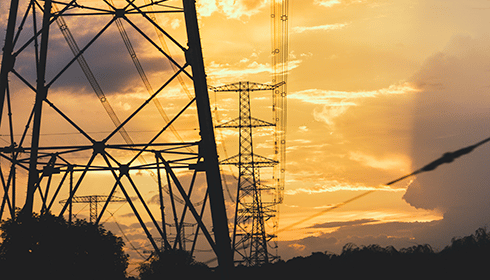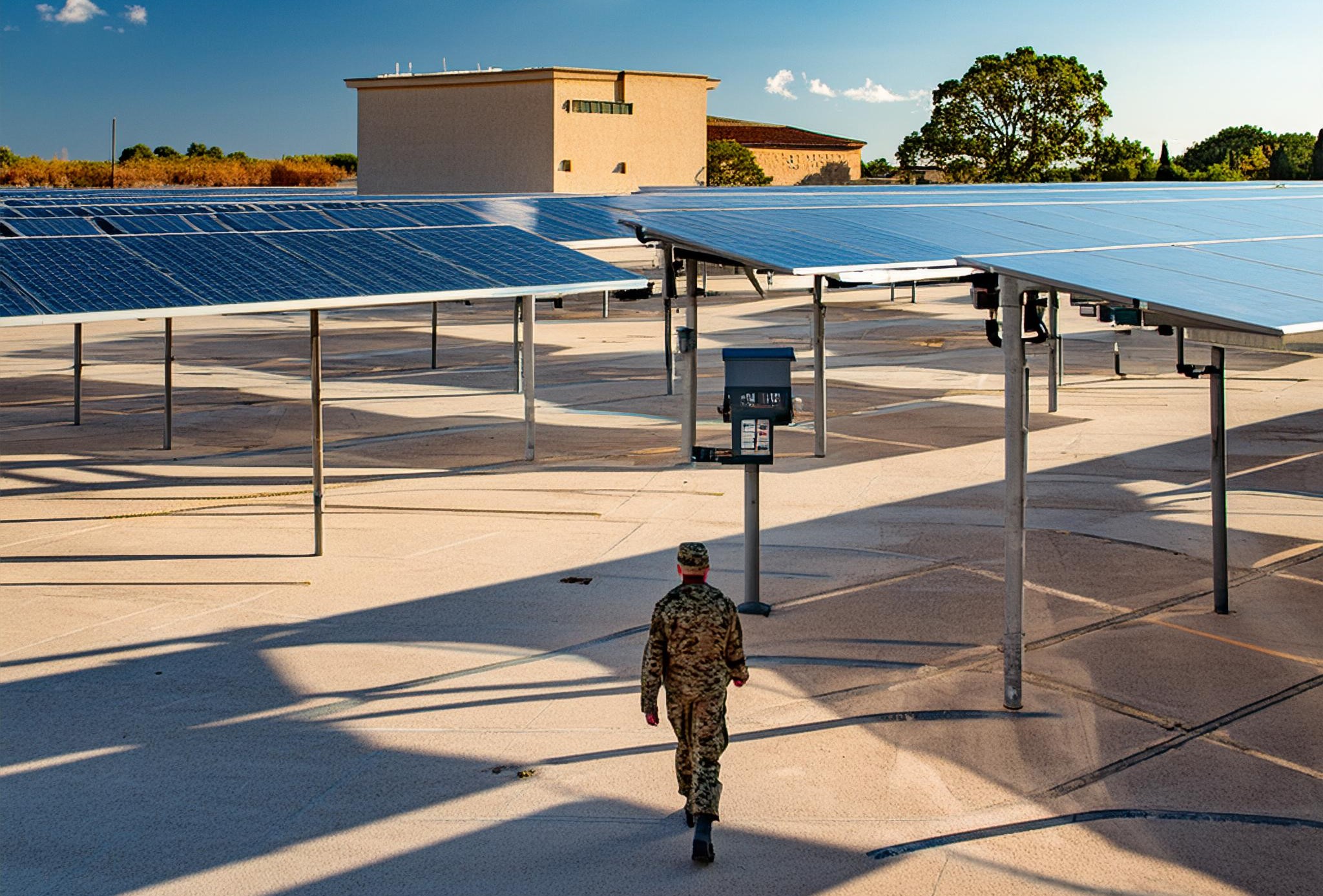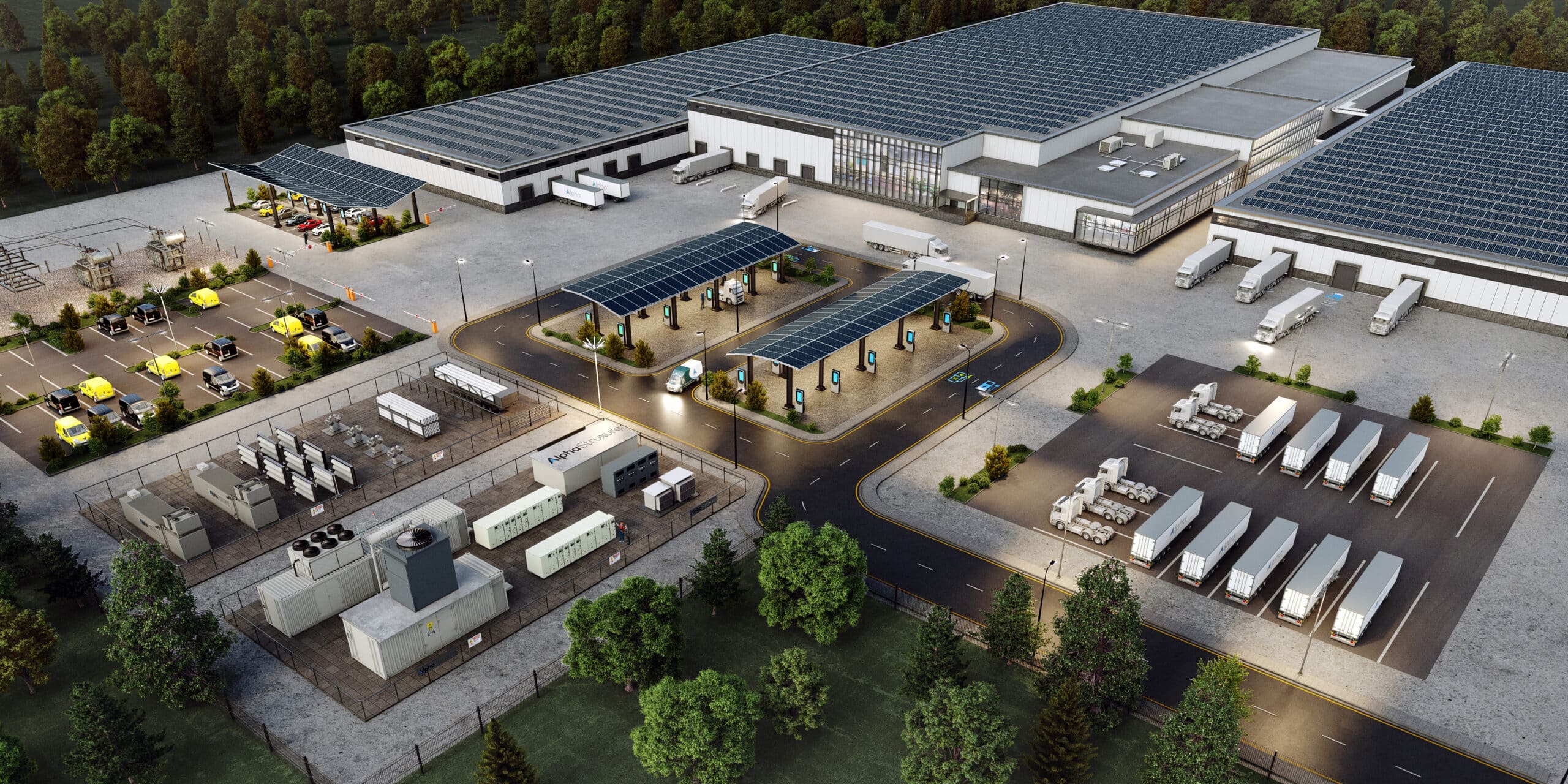By now, most people know that microgrids featuring on-site, sustainable energy generation can provide a resilient alternative. The result is that microgrid adoption is surging – both through customers making the capital investment for their own system, or through Energy as a Service providers like AlphaStruxure.
The really interesting Microgrid Knowledge article on California Standby Charges (https://microgridknowledge.com/standby-charges-microgrids-california/) sparked a personal reaction for two reasons.
- Microgrids are more reliable than the grid (typically 99.999% uptime compared to typical 99.9% grid uptime), so why is there a standby charge from the less reliable system?
- Does a customer get a rebate from the utility when the grid goes down unexpectedly or expectedly? This would seem to be a fair response to a utility placing a standby charge on the customer for self-generation.
Oh yes, then there is the Standby Charge’s uglier cousin, Departing Load Charge. More on that later.
First, let’s look at the Standby Charge argument.
California is not the only state with Standby Charges. This is generally a national question because it relates to grid investments. It is really a utility economic policy for long-term cost recovery for those investments.
Here are all states with Standby Charges not favorable to energy customers: Arizona, Arkansas, California, Colorado, Connecticut, DC, Florida, Georgia, Iowa, Kansas, Kentucky, Louisiana, Massachusetts, Michigan, Nebraska, New Mexico, North Carolina, North Dakota (Northern States Power Co only), Oklahoma, South Carolina, South Dakota, Tennessee, Texas, Utah, Vermont, Virginia, Washington, and Wyoming.
The premise of the Standby Charge is coverage for long-term investments that utilities make to support infrastructure builds. That is, a charge to protect against stranded investments.
Here, a service company tells a customer that if the customer stops using the service or greatly reduce the use, they still have to pay the company a fee for the used-to-be service. This concept is unique even among utilities – can you imagine if your phone provider wanted to charge you for the landline you stopped using? Or your water utility wanted to charge you to maintain their pipes after you started sustainably irrigating with rainwater?
I can think of only one other situation where this happens… a loan. If a customer stops “using” the loan, they still have to pay it off. Think of a car loan.
Is an electric service like a loan? A loan is an agreement to use someone else’s money to make an investment and you commit to pay it back with interest. So, it sounds like a rough equivalent… but who pays who and who signs the promise? If the utility takes a loan to build infrastructure to serve many customers, then the utility is responsible to pay off the loan with interest. But this is not the customer’s responsibility because they had no say in the decision to make the investment nor take the loan.
So, the key difference between an electric service and a loan is who are the signatories. If the utility makes a poor decision about infrastructure investments, how is a non-signatory entity (customer) responsible?
Now, we must distinguish between broad infrastructure investments by utilities and a direct new service or service upgrade made at a specific customer site. In the latter case, the utility requires the customer to pay for the new service or service upgrade infrastructure through a specific contract. The customer is a signatory on the contract in this case.
Therefore, an energy service is not like a loan, more specifically, utility infrastructure investments are not like a loan with respect to the customer because the customer was not a signatory to the agreement. Thus, it follows that a Standby Charge doesn’t belong to the customer. It is certainly not fair, and possibly not legal. Maybe more states than California should be challenging Standby Charges.
Is net energy metering (NEM) for behind-the-meter solar PV a quid-pro-quo counter argument to Standby Charges?
With NEM for customer PV, there is usually a limiting capacity (kW) to prevent a customer from putting more energy on the grid than the grid is currently designed to handle with margins set by the utility owning the infrastructure. Standby Charges in relation to NEM for customer PV could make sense if it is agreed to by the customer with the utility because the energy service is expected even when the PV is not producing, like nighttime. However, it is not clear that NEM PV carries a Standby Charge with businesses. It certainly does not for a residence.
How does a Microgrid change the relationship to a Standby Charge?
A Microgrid offsets much of the energy service from the utility and instead uses on-site resources for the majority of the customer’s energy service. A Microgrid is more reliable (99.999% uptime) than the grid (99.9%) and thus the long-term expectations for “grid backup” are much smaller, maybe 15% of the total customer load. For use of the less reliable resource (99.9%) as a backup, it should be a choice the customer makes based on its own risk profile. This would be a Standby Service elected by the customer housed in a contract with the local utility, or a third-party.
If Standby Charges represent a protection against stranded investment, then they cannot be one-way.
If there is a Standby Charge in one direction, there needs to be a commensurate Standby Charge in the other. The utility is concerned about stranded assets…so is the customer. The fair relationship between a utility and a Microgrid-enabled customer would be Standby Charges related to the expected and agreed to energy service. If the customer expects a service from the utility and it fails, then the customer should expect a rebate on Standby Charges.
Given this past week’s cold snap exposing some of the grid’s vulnerability with millions of residences and thousands of businesses without power for extended periods, it is no wonder why businesses are turning to Microgrids for business continuity. If the grid cannot provide the resilience and reliability needed by businesses, should utilities have economic policies in place like Standby Charges and Departing Load Charges to hinder customers’ adoption of Microgrids?
With a Microgrid in place then the expectation of the grid supply would be reduced (e.g., from 100% to 15%) hence the utility rebating a “Standby” Charge for any and all grid outages, momentary interruptions, and voltage/frequency issues to the customer would be less (related to the 15% not the 100%).
Now, the uglier cousin… Departing Load Charge.
Like Standby Charges, the premise of the Departing Load Charge is coverage for long-term investments that utilities make to support infrastructure investments serving a multitude of customers.
Consider this example related to Scope 2 emissions (e.g., electric supply to a site): a utility is behind in renewables – not consistent with a customer’s ESG or sustainability initiatives committed to for organizational resilience reasons, thus driving a customer to seek non-utility solutions like Microgrids on-site to meet sustainability needs. Does the utility have a right to declare Departing Load Charge or prevent the customer from being successful?
What if the local utility cannot meet the customer’s reliability and resilience objectives necessary for business continuity? The customer turns to a high reliability and resilient solution, again a Microgrid. This represents a significant Departing Load from the utility. Has the utility earned the right to a Departing Load Charge?
There are famous cases of this in Las Vegas a few years ago with Switch and NV Energy, MGM and NV Energy, Caesar’s and NV Energy, and so on.
MGM wanted to build a 100 MW solar PV plant about 25 miles outside of Las Vegas. They had to pay $80mm+ to NV Energy for Departing Load Charge to have the right to bring that renewable energy to their Las Vegas sites, that is, getting the renewable energy from a third-party PV plant versus fossil power from NV Energy. They still had to pay all the normal delivery charges to NV Energy on a monthly basis to move the PV energy to the MGM sites.
You can’t make this stuff up.
Now, a quick look at PG&E Departing Load charges: https://www.pge.com/en_US/large-business/services/alternatives-to-pge/departing-load-options.page These charges include:
- Public Purpose Programs – low-income ratepayer assistance and energy efficiency programs
- Nuclear Decommissioning Charge – restore sites after plant is shutdown
- California Department of Water Resources Bond Charge – recovers past under collections of procurement costs
- Power Charge Indifference Adjustment – charge or credit for customers who buy electricity from non-utility suppliers to compensate PG&E for their cost of generation
- Energy Cost Recovery Amount Charge – repays principal, interest, and other bond costs set by PG&E bankruptcy decision
- Competition Transition Charge – recovers utilities’ uneconomic power contract and employee transition costs
The first three “nonbypassable” charges are arguably public interest, the last three are self-inflicted.
I’ll go back to the loan analogy. What if your local carpet cleaning service takes a loan to upgrade its fleet of steam cleaning vans. They call you (the customer) to say that it is time for your carpets to be cleaned. You decline. They send you a bill anyway for your portion of the loan balance for the upgraded vans. You did not participate in the decision to take the loan for the upgraded vans, are you responsible for a portion of the loan? Of course not.
The Standby Charges and Departing Load Charges are two examples of why the regulatory compact (that is, utility franchise structure) needs transformation. The current structure was formed in the 1930s and has been modified over the year to still resemble this same structure after 90 years. The last ten years have seen some loosening of the traditional grip on electricity, but not substantial. In the last 20 years of growth of renewables, changing customer requirements, and technology advancements, there is a growing mismatch between what the energy system is and what it should be.
As evidenced by the growing adoption of customer-sited solutions and microgrids, these Standby Charges and Departing Load Charges are not insurmountable barriers – even with them, microgrids often outcompete and outperform the utility on a cost basis in many regions, while providing better sustainability, resilience, and reliability. Even so, such policy hinderances slow the full potential of microgrids being realized.





